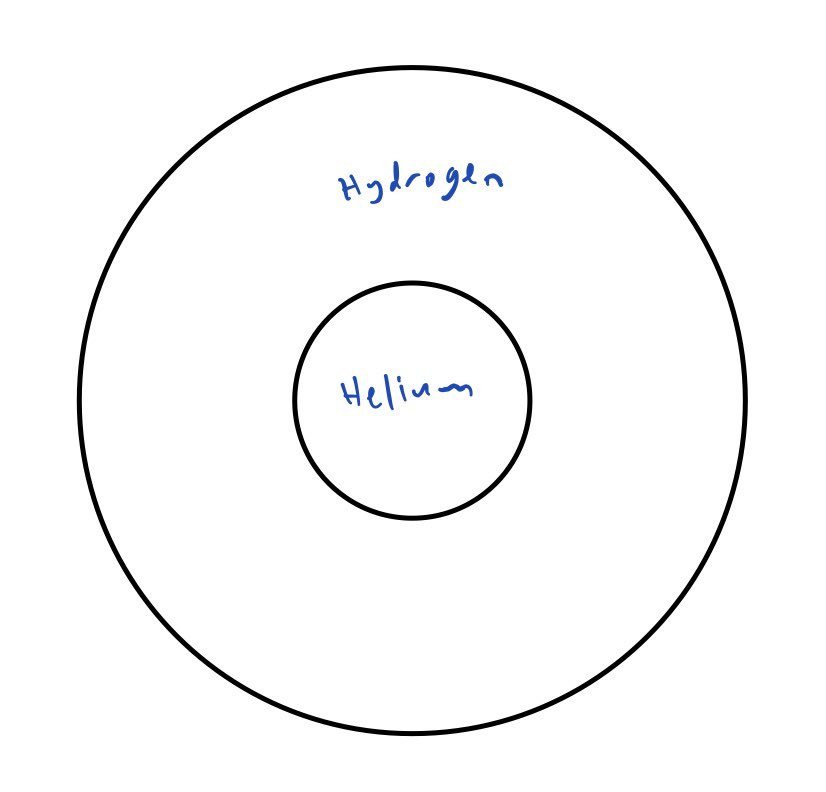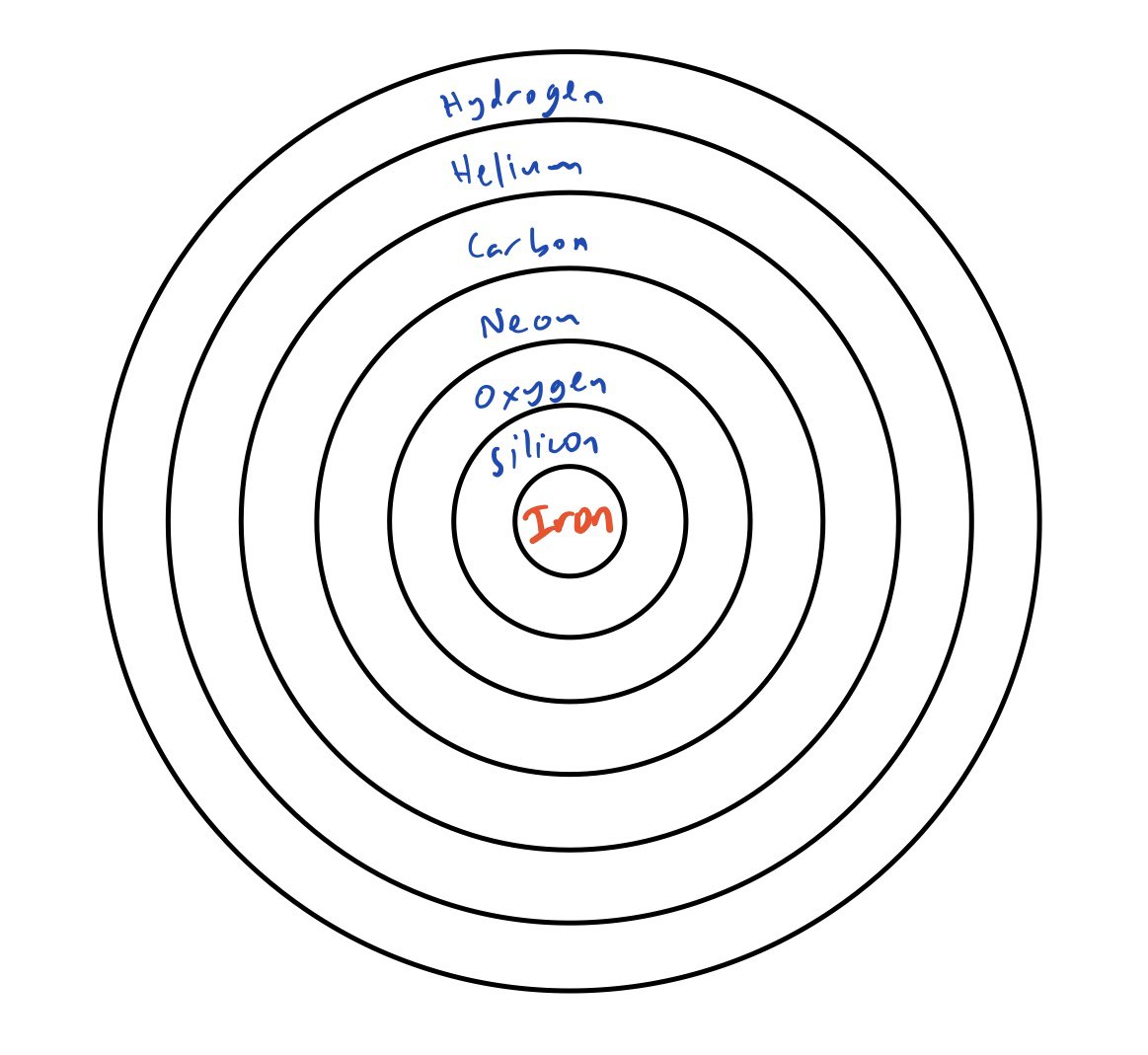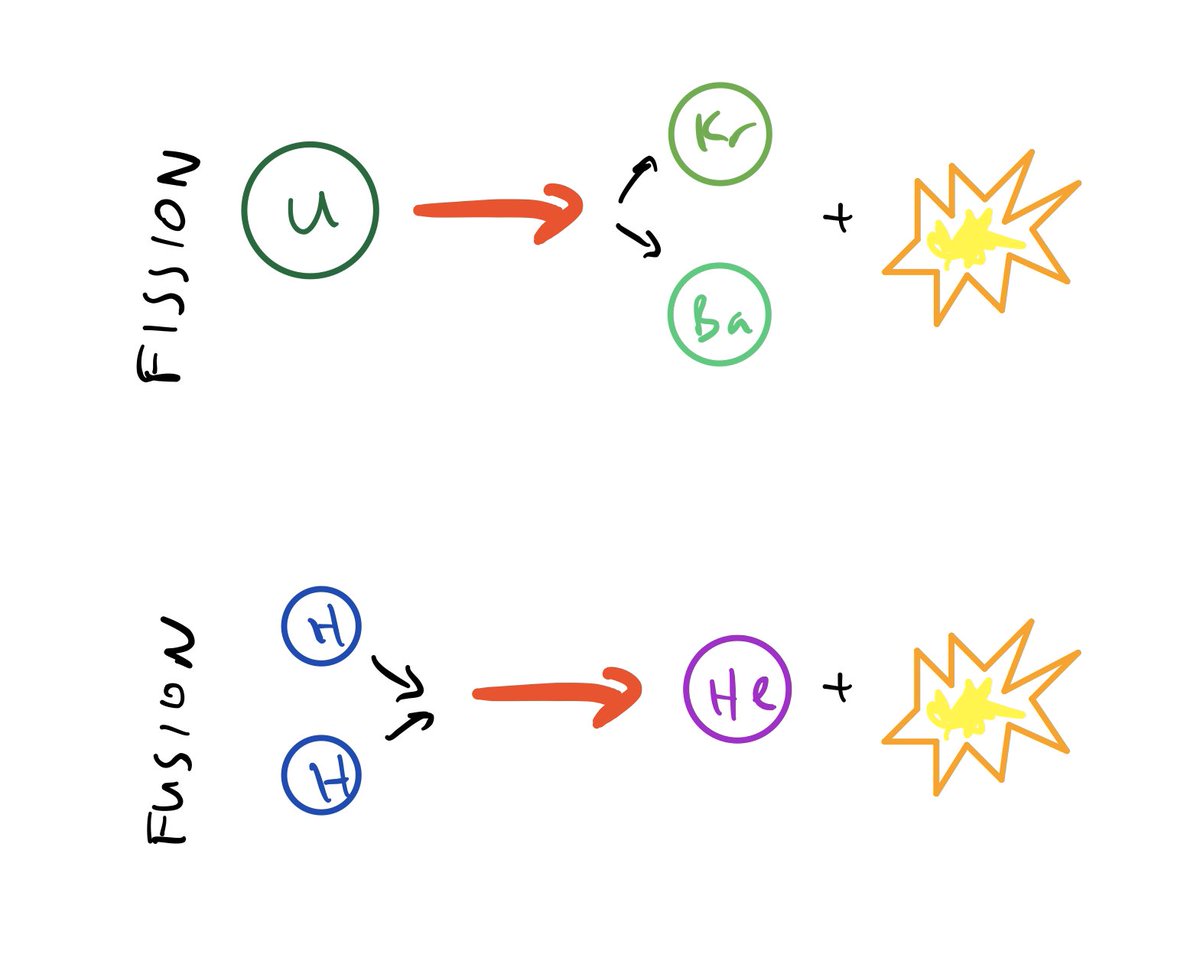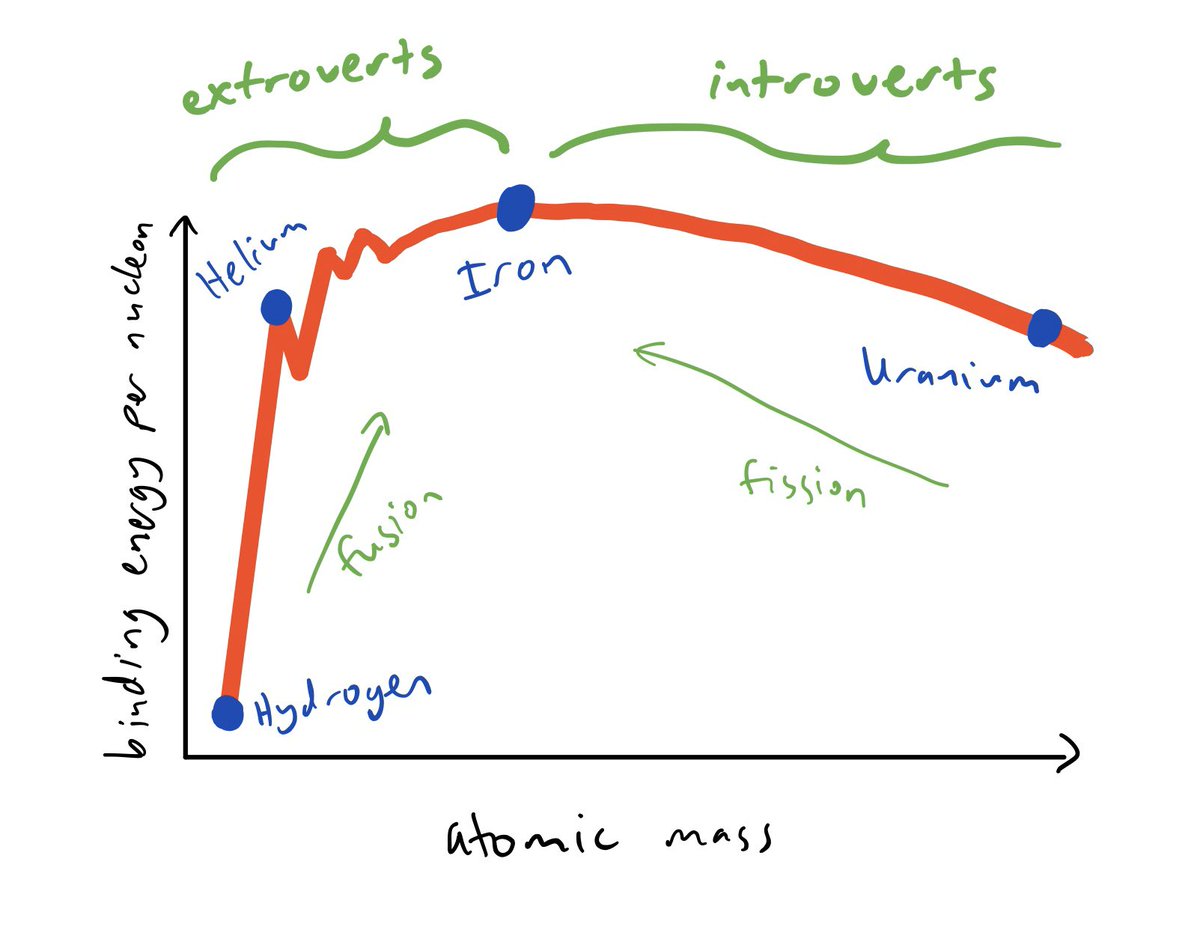No one asked for this, but here is a thread about how the clinginess of atomic nuclei make both stars and bombs go boom. (Animation credit: NASA Ames, STScI/G. Bacon)
Just to be clear, our Sun is not going to explode. What our Sun IS doing, all the time, is nuclear fusion: it’s pressing hydrogen nuclei together in its core until they join up to make helium. Fusion of hydrogen into helium produces energy, and that energy makes the Sun shine.
Nuclei, by the way, are the protons and neutrons (nucleons) stuck together in the centers of atoms. The number of protons a nucleus has tells you what kind of element it is (the atomic number); the number of protons + neutrons tells you the atomic mass.
Some nuclei are more tightly bound than others, meaning it’s easier or harder to break them apart. Here’s a chart of binding energy per nucleon, for a range of elements. For the ones lighter than iron, binding energy goes up as you add nuclei; for heavy ones, it goes down.
What the Sun and other stars do is stick light elements (hydrogen etc) together, thus going from less clingy to more clingy nuclei. That means that the fusion reactions *produce energy* — that’s what makes stars shine and keeps them from collapsing under their own gravity.
The Sun is fusing hydrogen into helium in its core, producing energy. Eventually, the Sun will run out of hydrogen to fuse, and it’ll do a little bit of fusion of helium, but it isn’t massive enough to do much more, and it will eventually end up a dead “white dwarf” star.
More massive stars can fuse heavier elements, all the way up to iron, in concentric shells in their interiors. But something bad happens when they produce iron. Iron is the most tightly bound nucleus. Fusing it doesn’t produce energy anymore, so the star can’t hold itself up.
When a star gets a core of iron, it collapses on itself, producing a spectacular explosion called a core-collapse supernova. The most recent nearby one happened in 1987, and we can still see the debris glowing and expanding. (Gif credit: Larsson et al. 2011 + Mark McDonald)
What does this have to do with bombs? Atomic bombs make use of the clinginess of nuclei in the other direction. Since very heavy elements are LESS tightly bound than slightly less heavy ones, you get energy by breaking the nuclei apart, in a process called fission.
There are also hydrogen (“thermonuclear”) bombs, that use both fission and fusion. They set off a FISSION reaction using heavy elements like uranium to kick start the FUSION of hydrogen (specifically, a version of hydrogen with extra neutrons). Both these reactions release energy
I like to think of the elements lighter than iron as “extroverts” because they release energy by joining together, while the ones heavier than iron are “introverts” because it REQUIRES energy to make them stick together.
Stars CAN stick heavier-than-iron elements together, and they do, but they need to ADD energy to do it. Where do they get that energy? Supernovae! When they explode, they produce heavy elements, because the energy from the explosion can do fusion way up the periodic table.
So: massive stars produce energy through fusion until they get a core full of iron, then they explode spectacularly, giving them enough extra energy to fuse elements heavier than iron in the exploded debris. All because iron is the element with the clingiest nuclei.
One more thing: nuclear power plants are doing fission. Because it involves breaking up big nuclei, it creates smaller (but still heavy) nuclei that are themselves not so stable: nuclear waste. Hopefully we’ll one day produce fusion power plants which make less dangerous waste.

 Read on Twitter
Read on Twitter









